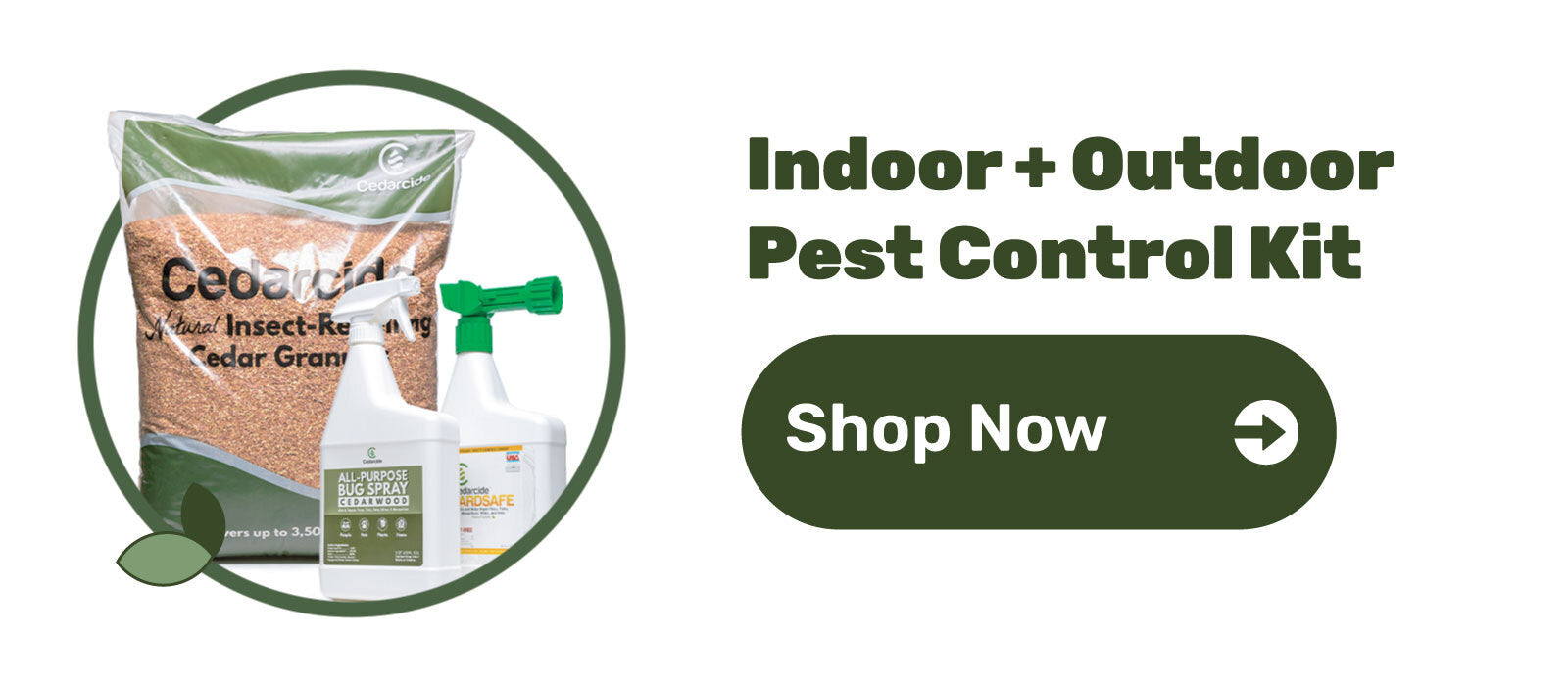
Common garden pests can transform your beautiful, productive garden into a wasteland in only a matter of days. If you’re not mindful of garden bugs, all your hard work, research, and time can go down the drain quickly. We’re here to make sure that doesn’t happen to you. Here are the most destructive garden pests and how to control them naturally:
SLUGS & SNAILS
Small bite marks or jagged holes in your flowers and veggies in early spring? Slime trails? Sounds like you might have slugs or snails.
NATURAL SNAIL & SLUG CONTROL
Make your own snail & slug trap by filling an empty tuna can with beer (yes, they love beer, too) and burying it in your garden, flush with the soil, wherever you’re struggling with slugs or snails. Discard it in the morning and replace as needed.
A natural slug and snail pesticide can be easily made by mixing salt and water in a spray bottle. Go out in the late evening and spray any individuals you spot in or near your garden. As a precaution, rinse your plants with water the following day.
One last tip: Always aim to water your garden in the morning. This way the plants and soil will be drier, and therefore less appetising to slugs and snails, in the evening when both pests prefer to feed.
CATERPILLARS
Caterpillar problems aren’t always easy to identify, but if you notice leaves chewed on the edges and caterpillar waste, which looks like small pepper granules (usually found on leaves), you could have one already.
NATURAL CATERPILLAR CONTROL
Planting oregano and thyme is said to repel caterpillars and help keep populations to a minimum.
Handpicking caterpillars might sound gross but it’s an effective way of getting a serious caterpillar issue under control. Wearing gloves, venture out in the early evening and remove any caterpillars you see on your vegetation. Then, simply drop them in a container of soap water and discard as needed.
EARWIGS
Earwig damage (jagged, chomped leaves) is easily confused with other insect infestations, which makes seeing actual earwigs your best bet for making a proper diagnosis.
NATURAL EARWIG CONTROL
You can make your own earwig trap with repurposed newspaper—and it’s super easy. Just moisten a few sheets of newspaper, roll them into a tube, and place them near earwig trouble areas in your garden during the evening.
While they look super scary—large, threatening-looking pinchers included—earwigs rarely cause problems for people. But just in case, wear gloves when collecting the newspapers the following morning. Then, dispose of them in such a way that the critters can’t escape and return to your lawn or garden.
APHIDS
Yellowing misshapen leaves covered with sticky residues are a telltale sign of aphids. Clusters of small green, yellow, white, or black bugs on the underside of leaves and near plant stems is the most obvious symptom.
NATURAL APHID CONTROL
Strong bursts of water are often enough to remove aphids from your garden plants. The next time you’re doing your morning watering, just up the pressure a little bit and you should see a reduction in your aphid population almost immediately.
For larger aphid problems, applying insecticidal soap or a non-toxic, plant-safe insecticide to affected plants every few days should get the issue under control.
JAPANESE BEETLES
Signs of Japanese beetles are fairly obvious. First, you’ll almost certainly spot them flying around as soon as they become an issue. Second, you’ll notice brown, skeletonized leaves throughout your garden.
NATURAL JAPANESE BEETLE CONTROL
When it comes to repelling and killing Japanese beetles naturally, we got you covered. Check out our article on 9 Ways to Get Rid of Japanese Beetles Without Harsh Chemicals.


